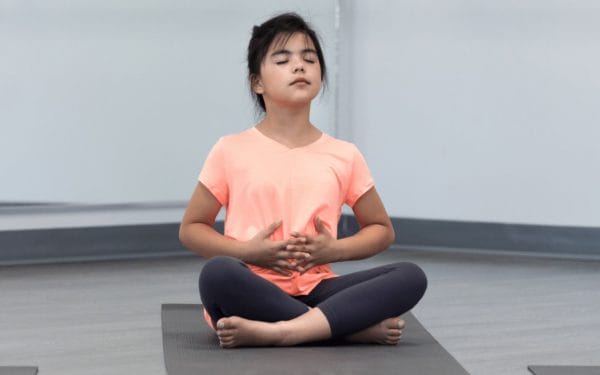May 17, 2021
By Aleta Margolis, Founder and President, Center for Inspired Teaching
Hooray for Monday is a weekly blog filled with questions, ideas, reflections, and actions we can all take to remodel the school experience for students.

Most of the time, Be quiet is a command, often uttered when we are displeased with what our students are doing. Many of us have childhood memories of being asked to stop talking in school, in our families, and in other settings.
Often teachers use the words Be quiet as a request, and sometimes as a demand – telling students to stop doing something, stop talking, stop moving around, stop interacting. It is the opposite of action.
What might happen instead if we think of Be quiet as an invitation. What if we invite our students to experience silence, quiet, and stillness with intention, to reflect and look inward?
Here are some things students can do in silence:
-
With eyes open or closed…
-
Notice your breathing – feel your lungs expanding and contracting; then try placing your hands on your belly and notice how your breath moves in your body.
-
Notice your heartbeat; then try placing your hands in the center of your chest and see if you can feel your heart beating.
-
Appreciate the many things your body does on its own.
-
Engage your senses and perhaps notice the sounds within or outside of the school building.
-
-
With eyes open…
-
Sit near a window and notice what you see outside – what moves? What remains still? What goes back and forth between motion and stillness?
-
Sit quietly outside and notice what you see, hear, and smell.
-
These kinds of exercises can spark writing, speaking, drawing, and other forms of sharing and expression. They also have value when they stand alone.

Silence is good for your brain. Research shows it relieves stress and tension and can even regenerate brain cells. Silence supports mental wellness. Many people are uncomfortable sitting with their own thoughts; but don’t we go to school in order to step out of our comfort zones and learn something new?
How can you offer your students the opportunity to experience silence, without demanding it of them?
Here are some ideas:
-
Ask your students.
-
Give your class a survey asking for recommendations as to how to incorporate a few minutes of silence into each day or week.
-
Ask for volunteers to form a committee to decide how to incorporate silence into the school day.
-
Ask students how they feel about spending time quietly. See who is familiar and comfortable with it, and who would find this a new experience. Encourage students to share their perspectives with one another.
-
-
Have students designate a corner of the classroom for sitting silently (with one or a few physically distanced spaces to sit), with the understanding that this is not a place the teacher directs students to go, but a place where any learner – including the teacher – can choose to sit for a few moments during the day.
-
Connect to our human biology. Teach students to feel and hear the inner workings of their bodies (since, of course, our bodies are in motion even in stillness). A few stethoscopes (which can be purchased online for under $10) can teach students to recognize their own heartbeats, which they can then notice when they sit in silence, along with the sounds of their lungs bringing air in and letting it out, and more.
This week I am studying the practice of yoga and meditation, and silence and stillness are core to that learning. But silence in yoga and meditation doesn’t happen in response to a demand. And it certainly isn’t a consequence or punishment for overzealous activity. Silence is, among other things, an opportunity to learn about ourselves.
As many teachers and students face the end-of-school-year race to get through the remains of the curriculum, get students tested, and just get over the finish line, offering students the opportunity to be quiet, with intention, may make these last few weeks more enjoyable and productive. I invite you to challenge yourself to avoid demanding quiet from your students and instead offer quiet and stillness as an enhancement to the learning process – for your students and for yourselves.
